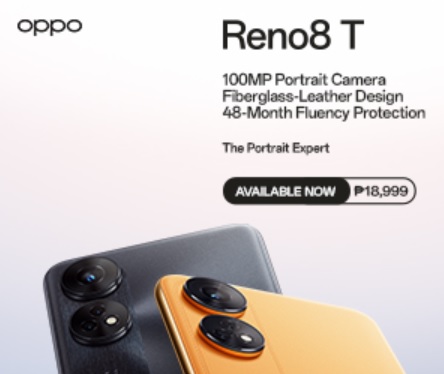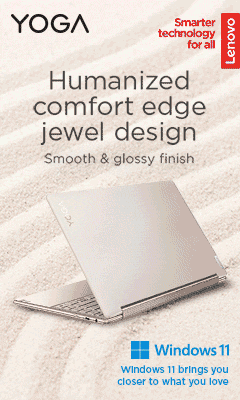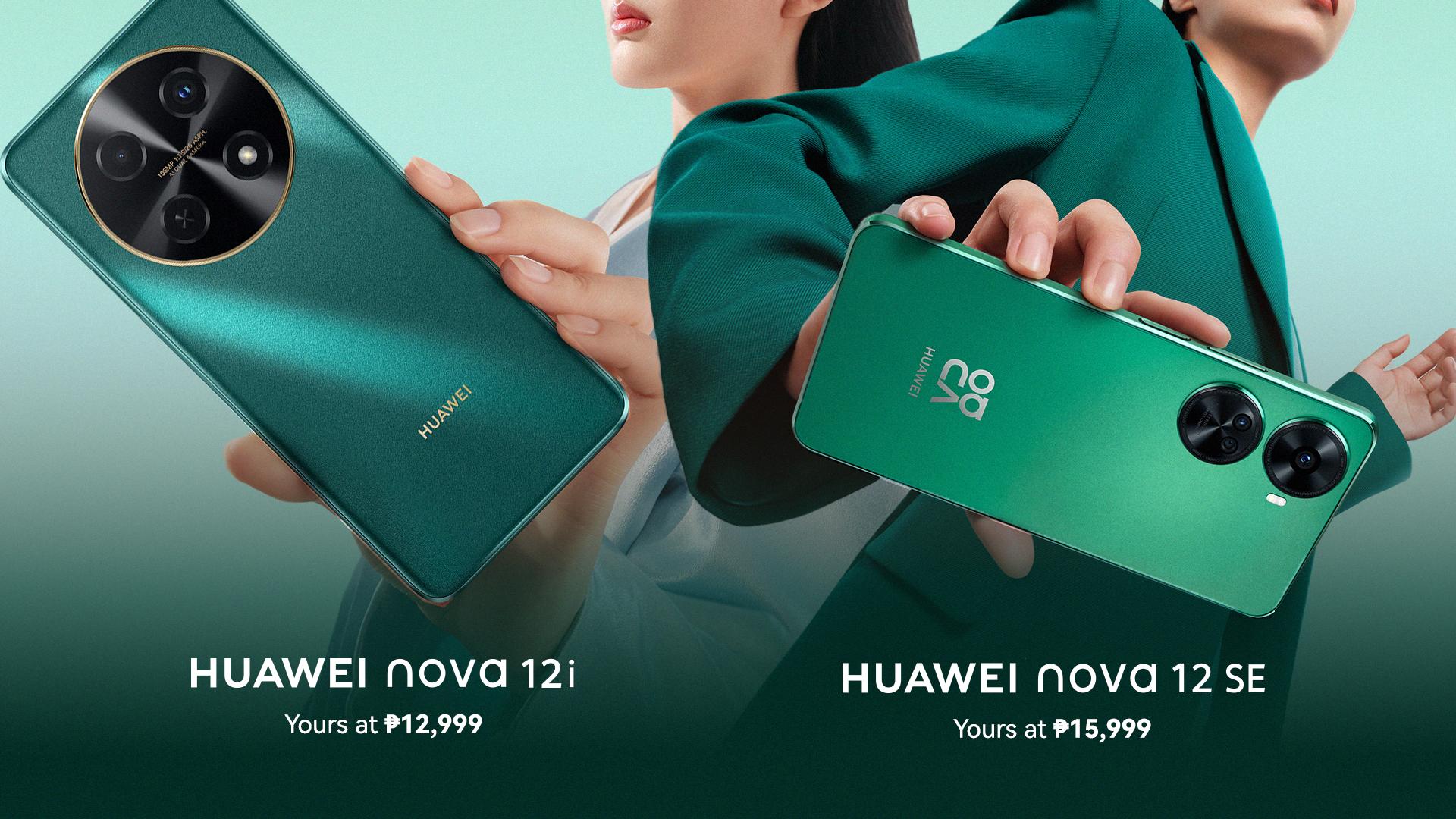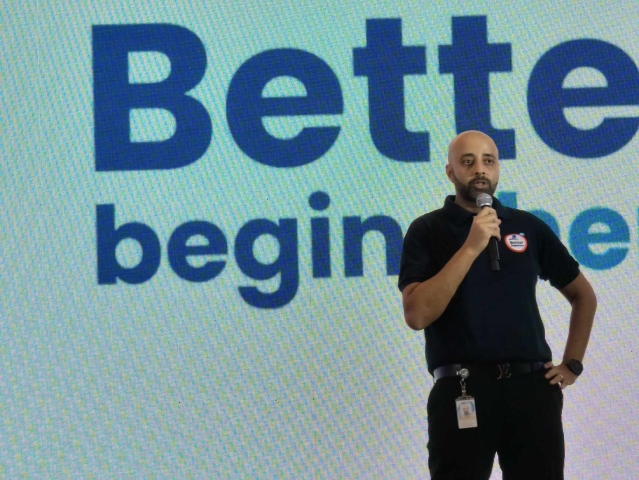Is the smart home soon to be the new norm?
Smart home features like smart speakers; bulbs, locks, refrigerators and thermostat prove that the Internet of Things knows no bounds as they make our lives better and more manageable. Its so easy to upgrade your home buy going from store to store looking for the necessary materials or or you can look online for promotional deals from websites such as DontPayFull.
The Philippines has consistently been on the list of early adaptors of technology. We’re gaga over gadgets! Already, there is a lot of interest in making full use of the elements of a smart home. Indications in the global market tell us a lot
According to a report by the Singapore Business Review, Asia’s smart home market is expected to reach $115 billion by 2030. That’s huge news.
Globally, smart connected air conditioners registered sales amounting USD 42million in 2016, with Taiwan leading the market share in Asia, followed by Australia, New Zealand, Thailand and Vietnam demonstrating sizeable growth.
As expected, China, with its exploding middle class and strong manufacturing and tech ecosystem will lead this charge. Japan is the other major player. Not only is it already amongst the world’s top five global markets when it comes to smart home penetration, its aging population will very likely continue to drive growth with the adoption of smart health and wellness solutions.
Aside from these two major markets, South Korea, Taiwan and Singapore are expected to contribute significantly to the growth of smart homes given the large proportion of high-income households and the data connectivity in these countries.
Despite the vast potential the smart home industry has, there is still some way to go before the technology truly becomes mainstream. The GfK Tech Trends 2017 Report on Smart Home found that the most common smart device found in homes is still the Smart TV. 17.38 million were sold in Europe alone in 2016, up from merely 5.61 million in 2011.
The benefits of a smart home, and the way it will enhance consumers’ lives, need to be clearly communicated, and adapted to the different needs of each part of the market.
“We asked people why they monitored or controlled a smart device in their home, and the responses differed greatly by age group. 62% of Boomers chose ‘to save money by reducing utility costs’ as their main consideration. In contrast, Gen X-ers ranked ‘to keep my home safe and secure’ as their top priority,” said Karthik Venkatakrishnan Regional director at GfK Asia. “Consumers have individual ways of building up commitment, energy and willingness to act. Therefore, the brands that successfully communicate the affordability of the product, ease of use and the value it brings, often see success in facilitating adoption.”
The GfK Tech Trends 2017 Report on Smart Home found that the older Millennials (Gen Y) are early adopters and leading the charge, with 33% globally planning to purchase smart devices in the next two to three years, compared to 28% of younger Millennials.
Therefore, instead of targeting indiscriminately, brands need to concentrate their efforts on the segments that matter most.
As smart homes become a reality, the most successful brands will be those that deliver the simple, seamless experience that consumers seek.
Download the GfK Tech Trends 2017 Report on Smart Home here: http://www.gfk.com/insights/infographic/tech-trends-2017-smart-home/



















